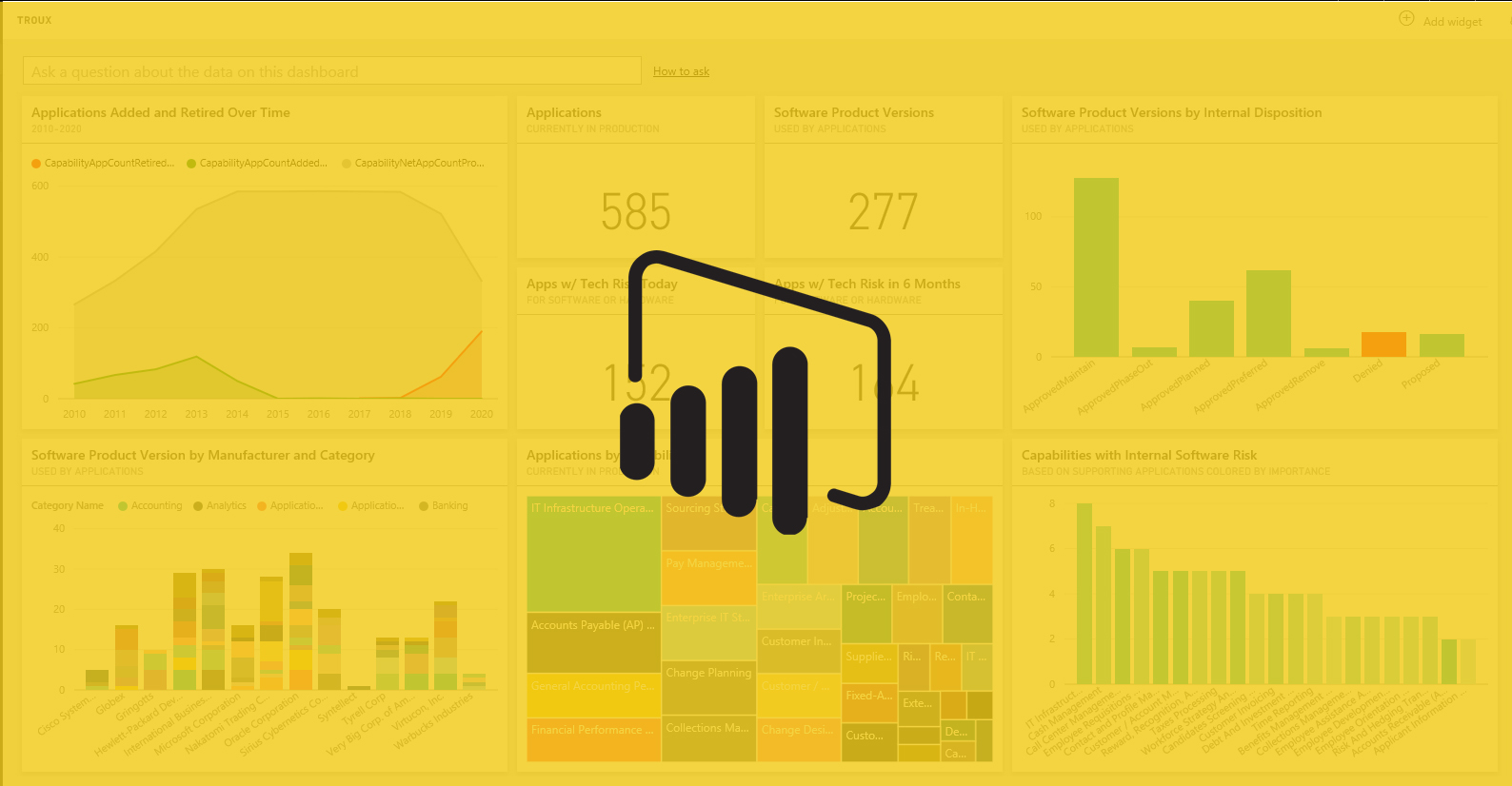MS Power BI is a potent data analytics tool that assists companies in making wise choices by turning unstructured data into insightful information. Power BI training provides individuals and businesses with the skills and knowledge necessary to use Power BI successfully. Data modeling, visualization, DAX language, Power Query, Power Pivot, dashboard design, sharing and collaboration, and data security are some topics covered in the course. The Power BI training in Dubai is given by knowledgeable instructors who use practical exercises and real-world examples to help attendees comprehend how to use Power BI in the workplace. Business analysts, data analysts, and others interested in learning will learn to analyze and visualize data using Power BI. They will find this course extremely useful.
After completing the Power BI training in Dubai, participants will have a thorough grasp of all of Power BI’s features, including data modeling, visualization, and analysis. They will also be able to make complex calculations, build interactive dashboards, and work well with others on their team. Participants will gain better analytical abilities and be able to make more intelligent business choices thanks to this training. This article will showcase eight essential skills to ace MS Power BI Training.
- Data Modeling
The method of conceptually representing data and its connections to other data elements is known as data modeling. It entails creating the standards, formats, and organizational framework for data in a database or information system. Data modeling is crucial as it showcases that data is accurate, consistent, and simple to use. As a result, redundancies and inconsistencies, which can lead to mistakes and delays, are reduced. The process of modeling data typically entails drawing diagrams and recording the relationships between data components using a standardized notation. A well-thought-out data model can boost output, enhance data integrity, and make it easier for stakeholders to communicate and work together.
- Data Visualization
The graphic depiction of data and information is known as data visualization. It entails producing graphical representations, such as maps, graphs, and charts, to assist users in comprehending complex data and making wise choices. By using data visualization, users can find patterns, trends, and relationships in big datasets that may be challenging to find in raw data. It is also used to effectively convey information to a variety of groups, such as stakeholders, analysts, and business leaders. The ability to create interactive dashboards and visualizations that are customizable and updated in real-time has been made possible by the development of increasingly complex data visualization tools and techniques. It helps in data-driven decision-making and organizational success can be enhanced by effective data visualization.
- DAX Language
Analysis Services, Power BI, and Power Pivot For data modeling and analysis, tabular models utilize the analytical language DAX (Data Analysis Expressions). It works well for handling large datasets, performing intricate calculations, and performing aggregations. Utilizing computed columns, measures, and tables, which are feasible with DAX, can enhance data analysis and visualization. DAX language has a broader range of functions and operators than Excel formulas, making it more adaptable for handling larger datasets. Because it can filter, sort, and group data, DAX is a valuable tool for data modeling and analysis in business intelligence applications.
- Power Query
Data transformation and preparation tools such as Power Query are included in Microsoft Excel, Power BI, and other Microsoft programs. Users can connect to different data sources, such as databases, websites, and text files, and then transform the data to suit their requirements for analysis and reporting. Users of Power Query can filter, organize, pivot, aggregate, combine, and append data from various sources. Advanced features like conditional columns, data type conversion, and error management are also included. Data cleaning is automated by Power Query, increasing data precision while saving time and effort. Therefore, Power Query is a strong and adaptable tool that improves data analysis skills and streamlines the data preparation process.
- Power Pivot
Microsoft Excel and Power BI use the data modeling and analysis utility Power Pivot. Large and complicated data sets can be imported, integrated, and analyzed from wide sources, including databases, Excel workbooks, and websites. Users of Power Pivot can specify calculated columns and measures, link tables together, and conduct sophisticated data analysis using DAX formulas. Additionally, it offers strong data visualization tools like pivot tables, charts, and slicers that let users show data engagingly and understandably. Power Pivot is a useful tool for business intelligence and data analysis because it can process complex calculations rapidly and handle millions of rows of data.
- Dashboard Design
Dashboard design is a process of creating a visual interface that displays important information and key performance indicators (KPIs) in a concise and easy-to-understand manner. It involves selecting appropriate charts, graphs, and other visual elements to present data in a way that is meaningful and actionable for the target audience. Effective dashboard design includes the use of consistent color schemes, typography, and layout to create a visually appealing and user-friendly experience. It also involves thoughtful consideration of the data being presented, ensuring that it is relevant, timely, and accurate. Well-designed dashboards enable users to make informed decisions and take action based on real-time data, leading to improved organizational performance.
- Sharing and Collaboration
Sharing and collaboration refer to working together and exchanging information, ideas, and resources with others to achieve a common goal. In today’s digital age, sharing and collaboration can take place in varieties of contexts, including online platforms, social media, and collaborative software. Effective sharing and collaboration require clear communication, trust, and a shared sense of purpose. Collaboration enables individuals and teams to leverage each other’s strengths and expertise, leading to improved problem-solving and decision-making. Sharing can also lead to increased innovation and creativity, as individuals are exposed to new ideas and perspectives. Overall, sharing and collaboration are essential for achieving success in both personal and professional settings.
- Data Security
Data security protects digital data against unauthorized entry, theft, or destruction. To ensure that data is kept private, accessible, and undamaged, security measures like encryption, firewalls, and access restrictions must be put in place. A multi-layered strategy is necessary for effective data security, including both technical and non-technical safeguards, employee training on data security best practices, and the creation of incident reaction plans. In sectors like healthcare and banking where sensitive personal and financial information is frequently handled, data security is especially crucial. Maintaining customer confidence, safeguarding intellectual property, and preventing reputational damage in the case of a data breach all depend on data security.
Conclusion
Acquiring the necessary MS abilities Anyone who wants to succeed at data analysis and business intelligence must complete Power BI training. With Power BI training in Dubai, people and businesses can benefit from the rising demand for qualified data scientists and open many fresh doors for development and success. Power BI offers a full range of tools for analyzing and presenting data in a clear meaningful manner, from data modeling and visualization to DAX language and dashboard design. People can fully utilize Power BI’s capabilities and make wise decisions that promote organizational performance and success with the appropriate training and knowledge.














